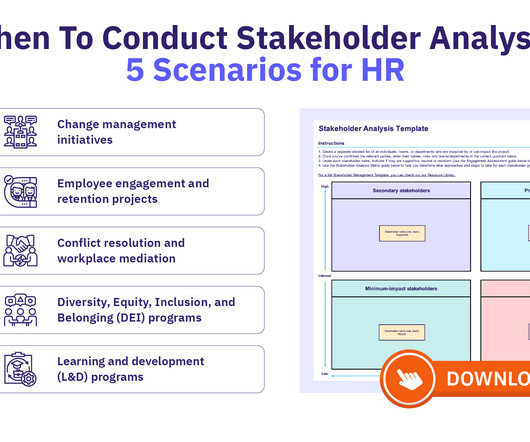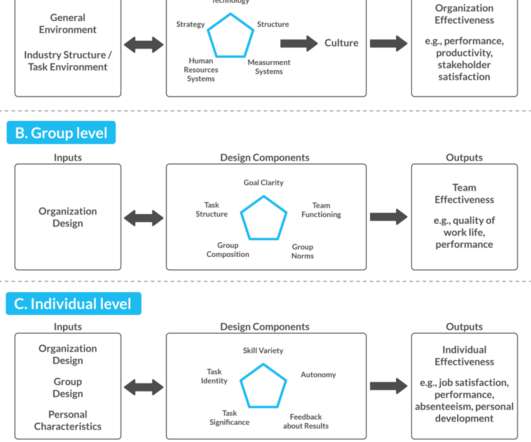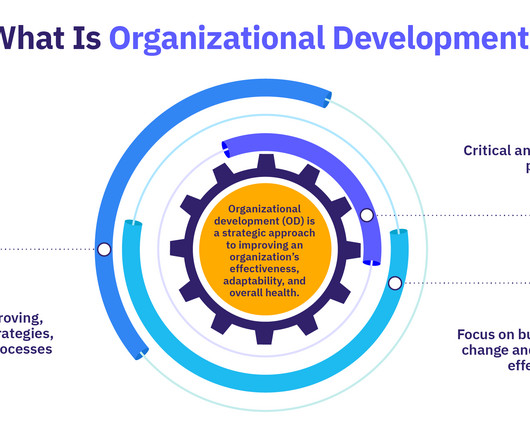[Free] Stakeholder Analysis Template: How To Conduct an Effective Analysis
AIHR
FEBRUARY 27, 2025
Scenario 1: Change management initiatives Organizational changes whether restructuring, adopting new technology, or updating policies often face resistance if employees feel sidelined. Effective HR change management is required to ensure a smooth transition. external service providers).


















Let's personalize your content